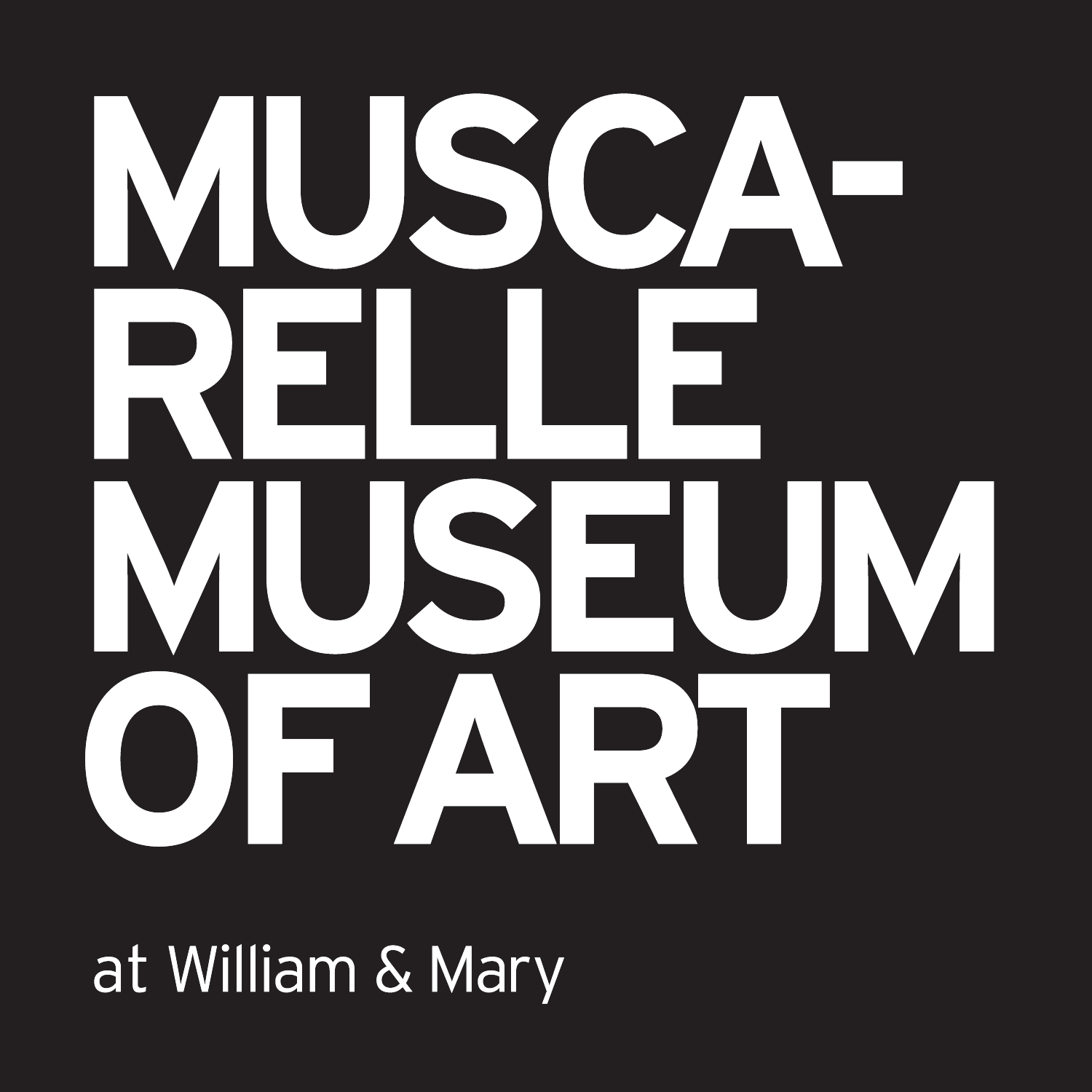
Grand Hallucination: Psychedelic Prints by William Walmsley and Friedensreich Hundertwasser
February 4, 2012 - March 25, 2012
Imagine Ding Dong Daddy, Messy Jesse and the Gulf of Sexico gone Day-Glo, side-by-side with fluorescent lithographs printed and embossed like gleaming jewels — the result is an unforgettable Sixties’ show… or, as Jerry Garcia might say, “What a long strange trip” this will be.
The Museum is warming up the chilly months with a wild ride of color, humor, and irrepressible creativity in the works of two artists newly added to the Muscarelle collection, William Walmsley (1923-2003) and Friedensreich Hundertwasser (1923-2000). Although they took different paths to artistic eminence in the Sixties, they were both trailblazers in their use of blazing colors.
The American Pop artist, Wamsley, was born in Tuscumbia, Alabama, in 1923. After serving in World War II, Wamsley studied in the Académie Julian in Paris where the Alabamian rubbed shoulders with the ghosts of the modern greats who had passed through, like Matisse, Picasso, and Marcel Duchamp.
As a professor at Florida State University, Wamsley soon made a name for his blatant irony, raucous humor, and shameless punning. He also became known as a sage of advanced printmaking and the inventor of florescent lithography. Wamsley holds the record of the longest continued series of prints in the history of art in his alter-ego titled, “Ding Dong Daddy,” creating the character in the 1960s and exploring himself until his death in 2003. Bill Wamsley said to make any art at all, is a “self-portrait.”
This new donation to the Muscarelle includes works that span the career of a genius of parody and amazing technique, with his lithographs including sometimes over ten colors. Each color is a separate pull off of the litho stone and very difficult to get right. Also shown in this exhibition is a rare set of the separation drawings done in preparation for each separate color.
Sharing center-stage are also new acquisitions of virtiouso prints by Friedensreich Hundertwasser (1923-2000), an artist once as famous as Picasso. Born half a world away from Walmsley, but at almost the same time, Hundertwasser was the most important Viennese contemporary artist of his time. His work is playful, absolutely colorful and shimmering, and based on the works of fellow Austrian Egon Shiele, Surrealism, and Hundertwasser’s concept of “transautomitism.” As the founder of the movement, he embraced the visualization of his fantasies to immerse the viewer in the experience of the painting, rather than focusing on the interpretation of reality. He also loved spirals and was very much like Gustav Klimt in his use of symbols, gold and metallic inks as he parlayed his ideas on philosophy, environmentalism, design and architecture into an unmistakable visual language. He also hated straight lines.
These two artists together are sure to blow your mind – to use a favorite expression from the period.


